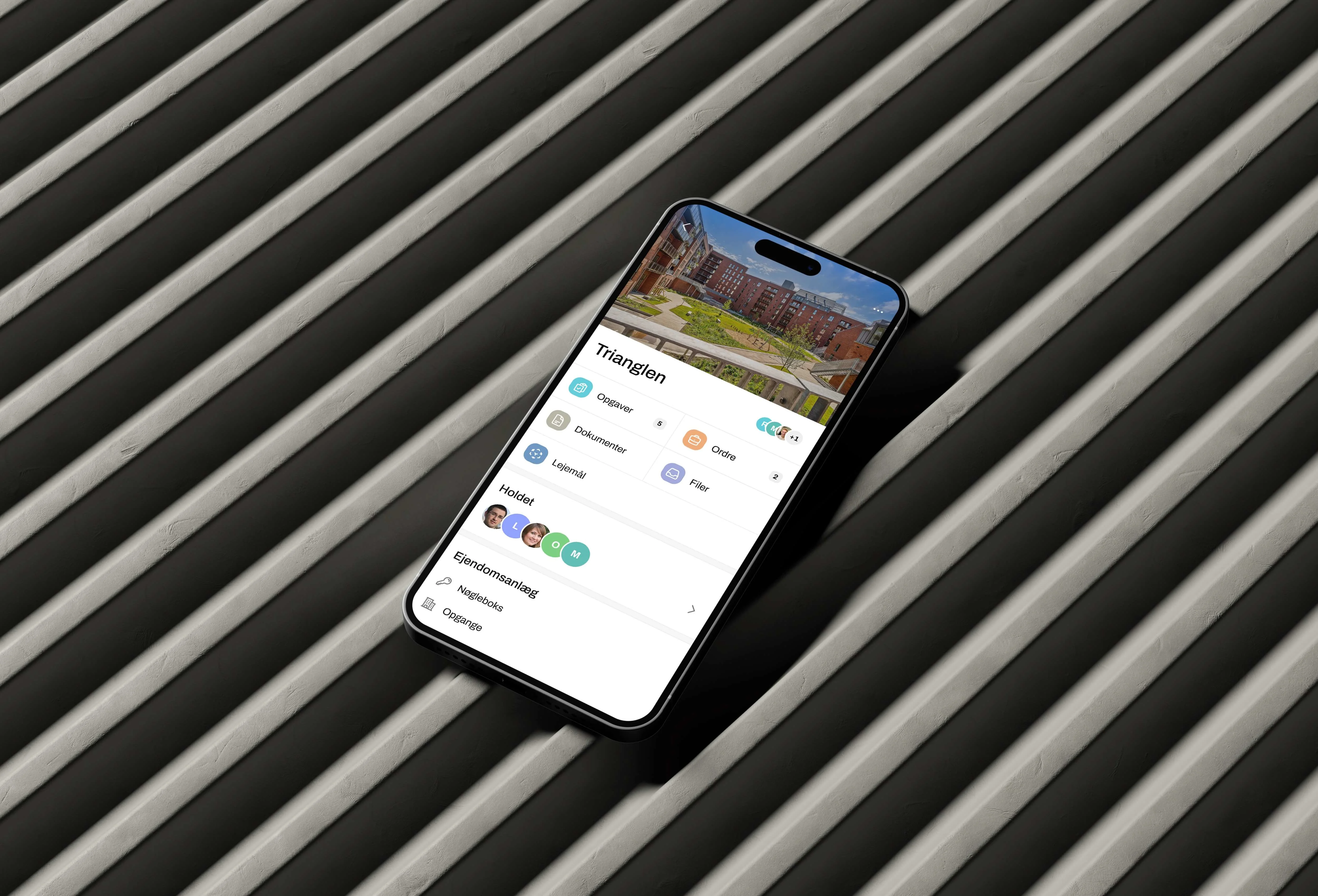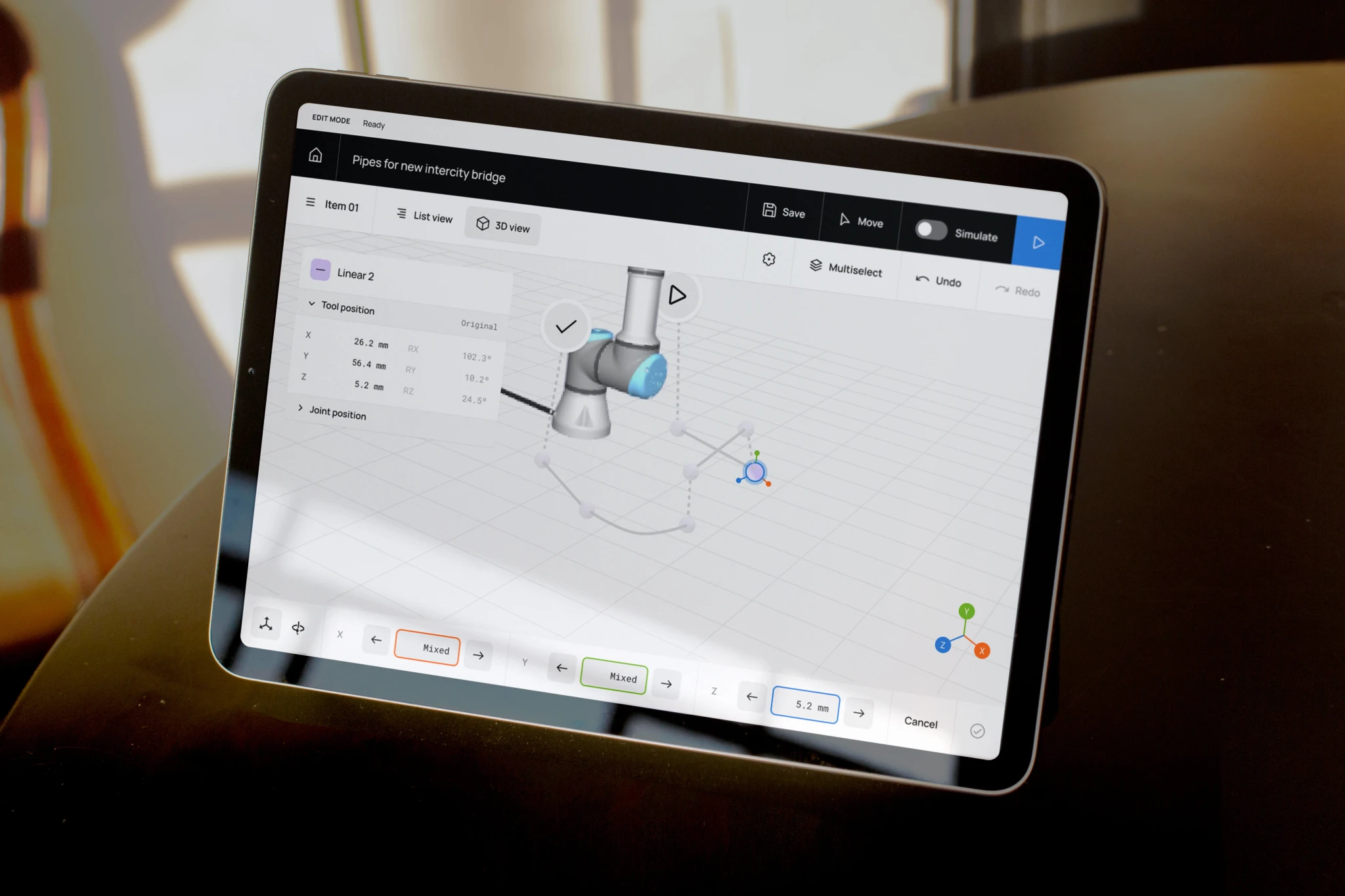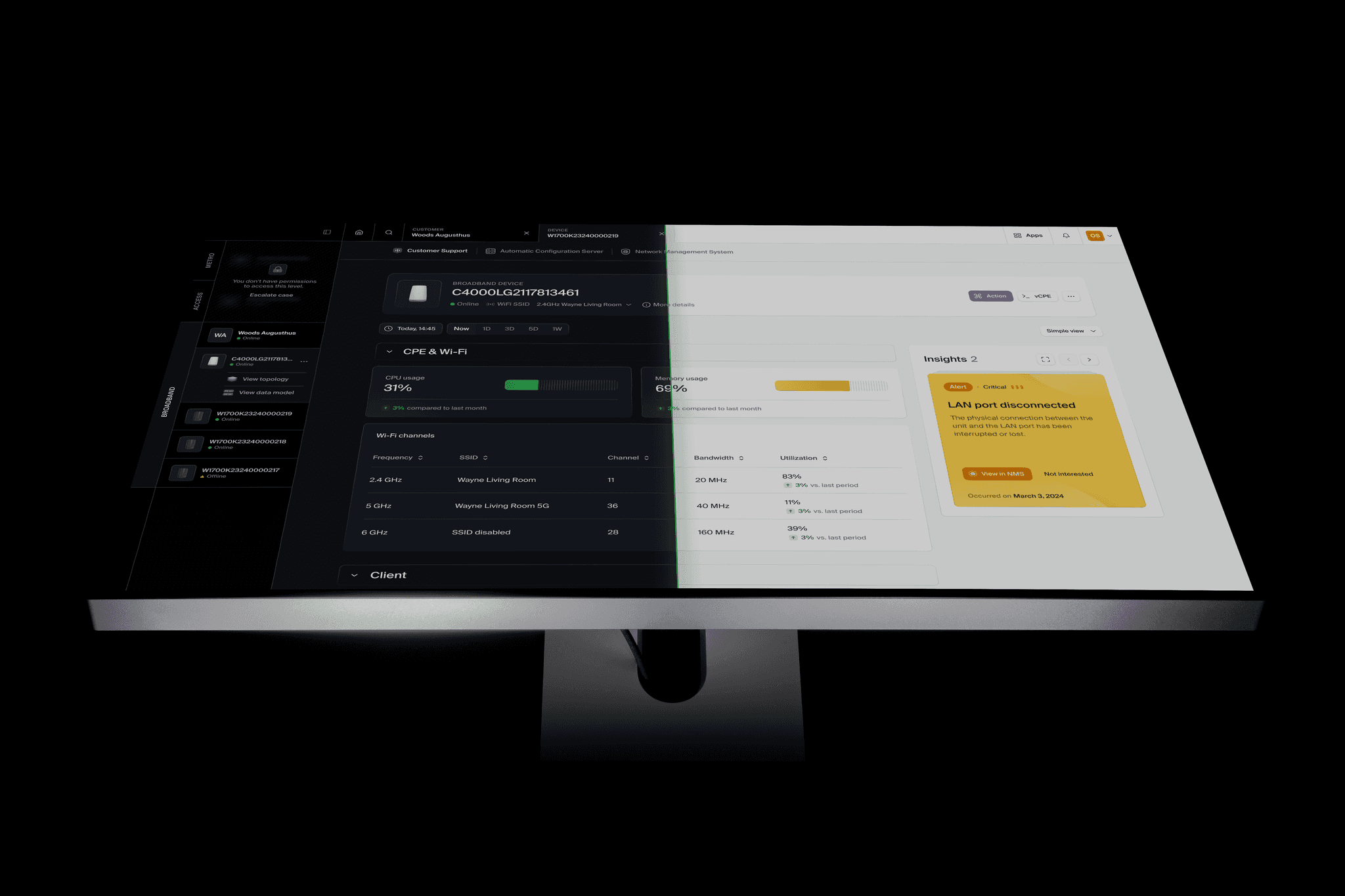Author
Stéphanie Dorval
As a UX designer at EDL, Stéphanie designs complex user journeys, audits existing experiences, and helps software companies improve user happiness.
It’s important to keep the user in mind when designing digital products. You want to ensure that everything you create meets their needs and solves their problems. That’s where user research comes in.
Sometimes, designers rely too much on their assumptions when creating something new. But that can lead to problems down the line. You need to take the time to understand your users to avoid ending up with a product that doesn’t work for them.
So in this article, we will discuss why user research is so important. We’ll cover how to do it and how it can help you create personas and empathy maps. And we’ll give you some tips for overcoming any challenges.
We aim to show you that user research isn’t just an extra step you can skip. It’s a crucial part of the design process. When you take the time to really understand your users, you’ll end up with a product that they love.
So let’s dive in and learn about user research together!
Defining user research
User research is super important when it comes to creating designs that really work for people. It involves many methods, like surveys, interviews, and usability tests, aiming to understand how users interact with products and services.
Originally from the world of human-computer interaction, user research has become a crucial part of digital design. It helps us make sure we’re creating things that meet users’ needs, and it lets us make informed decisions.
This article will discuss the best ways to do user research and how it can help us create empathy maps and user personas. We’ll also look at real-life examples of how good user research has made a difference. We’ll talk about some common problems designers encounter during user research and offer solutions to help you.
The need for user research in digital design
User research is the cornerstone of creating designs tailored to users’ needs and expectations. Refraining from using user research in the design process is like embarking on a voyage without a compass - one risks getting lost. Designs created without user research often reflect the assumptions or past experiences of designers rather than the current requirements of users. This approach can lead to products that fail to resonate with the intended audience, negatively impacting the user experience and, ultimately, the product’s success.
However, user research provides invaluable insights that can guide the direction of a product and prevent potential issues from becoming costly mistakes. Through user research, designers are empowered to create digital experiences that are truly user-centric, aligning with the users’ needs and expectations. In fact, user research methodologies play a critical role in developing essential design tools such as user personas and empathy maps, allowing designers to understand their users better and create products that truly resonate with them. Real-world examples of user research’s impact only reinforce its importance in design.
Ultimately, user research is the key to unlocking the full potential of digital experiences and creating products that truly meet the needs of their intended users.
Methods of conducting user research
User research is a vast and diverse field that offers a multitude of approaches tailored to the various stages of the design process and the specific research questions at hand.
Qualitative methods, such as interviews and field studies, can provide designers with a deep and profound understanding of user behaviour and motivations, enabling them to better empathise with their users and gain valuable insights that can guide their initial design directions.
Quantitative methods, on the other hand, such as surveys and analytics, offer numerical data that can validate hypotheses and help designers make data-informed decisions.
The most effective research strategy often involves a combination of qualitative and quantitative approaches tailored to the research goals, project constraints, and the nature of the product or service being designed.

UX research can greatly improve ROI. For example, when it comes to the time and resources it takes to onboard employees to new software.
User personas and empathy maps
User research plays a vital role in creating effective tools for user-centred design, namely user personas and empathy maps.
User personas are an excellent way to understand our users better and create a realistic representation of their needs, experiences, behaviours, and goals. By keeping them in mind throughout the design process, designers can ensure they meet their target audience's requirements.
On the other hand, empathy maps allow designers to better understand users' emotional states, helping them create more user-centric and empathetic designs. They visually represent what users think, feel, say, and do.
Both user personas and empathy maps promote a user-centred approach, which is essential to creating designs that resonate with users. By fostering user empathy and ensuring that all team members have a common understanding of users, designers can create products that meet their users' needs and deliver positive outcomes.
Real-world impact of user research
User research is a powerful tool with immense potential for driving real-world impact. By delving into user needs, design decisions can be made that have the potential to catapult a product to success.
Take the example of Mailchimp, the marketing automation platform that used user research to uncover why small businesses weren't using their service. Armed with these insights, they were able to revamp their platform to serve the needs of small businesses better, resulting in a remarkable surge in user engagement.
Similarly, Airbnb conducted user research to gain a deeper understanding of the challenges faced by their hosts. With these insights, they improved their host tools, resulting in a significant boost in host satisfaction.
These cases underscore the immense potential of user research to pinpoint pain points, identify opportunities, and guide design improvements that enhance user experience and drive product success.

The Jublo app project commanded UX research in the form of user interviews with existing customers.
Overcoming challenges in conducting user research
Undertaking user research can be a thrilling adventure full of opportunities to uncover valuable insights. Although challenges may arise from limited time, budget constraints, or difficulty in reaching the target audience, effective strategies exist to overcome them.
Suppose time is an issue, fear not! You can employ rapid research methods such as short surveys or quick user interviews to obtain valuable insights within a short period.
To address budget limitations, you can use cost-effective research methods, such as online surveys, remote usability tests, or by utilising existing analytics data.
Connecting with the appropriate target audience can be facilitated by online platforms that connect researchers with specific user groups or by collaborating with organisations with access to your target demographic.
In conclusion, while user research may present some obstacles, they can be navigated to obtain crucial insights that will help create a truly user-centric design. With these strategies, you can embark on your user research journey with confidence and excitement!
Conclusion
Understanding our users is crucial in digital design. By researching their behaviours, needs, and motivations, we can create designs that put them at the centre. It can be challenging, but there are effective strategies to navigate these obstacles. The benefits of user research far outweigh the difficulties, making it a necessary investment in the design process.
The insights gained through user research are priceless. They help us create digital products that meet the needs of our users and resonate with them, ultimately leading to success in the market. So, let's dive in and get to know our users better!





